Mushroom foraging in the southwest is always a multifarious undertaking; so much depends on the rains and when (or if) they arrive. It also depends significantly on where you live – the desert is infinitely different from the mountains. To go winter mushroom foraging in the southwest, you must be flexible and take the opportunities when they present themselves.
The key way to find success foraging is to track the rains and mountain snowfall, which leads to snowmelt and lots of moisture. Many mushroom species wait desperately for that water so they can fruit. It might take them a day or two to appear, though, so the best practice is to go out searching 2-3 days after a rainfall. The best places to look are cottonwood washes, forested mountains, along riverbeds and creek bottoms, and landscaped areas.
A bonus to southwest foraging that other regions don’t get is the overall lack of bug damage. The fungi may dry out on the ground or tree, but rarely are they so infested with bugs that they are beyond collecting.
Winter hikes are a great time to explore new areas and find new foraging spots. Keep an eye out for old and decomposing mushrooms, too. An old deteriorating oyster mushroom was once in its prime. Mark that spot and check again earlier in the year, and you might be rewarded.
Check out our guides for other seasons: Spring Mushroom Foraging in the Southwest, Summer Mushroom Foraging in the Southwest, and Fall Mushroom Foraging in the Southwest.
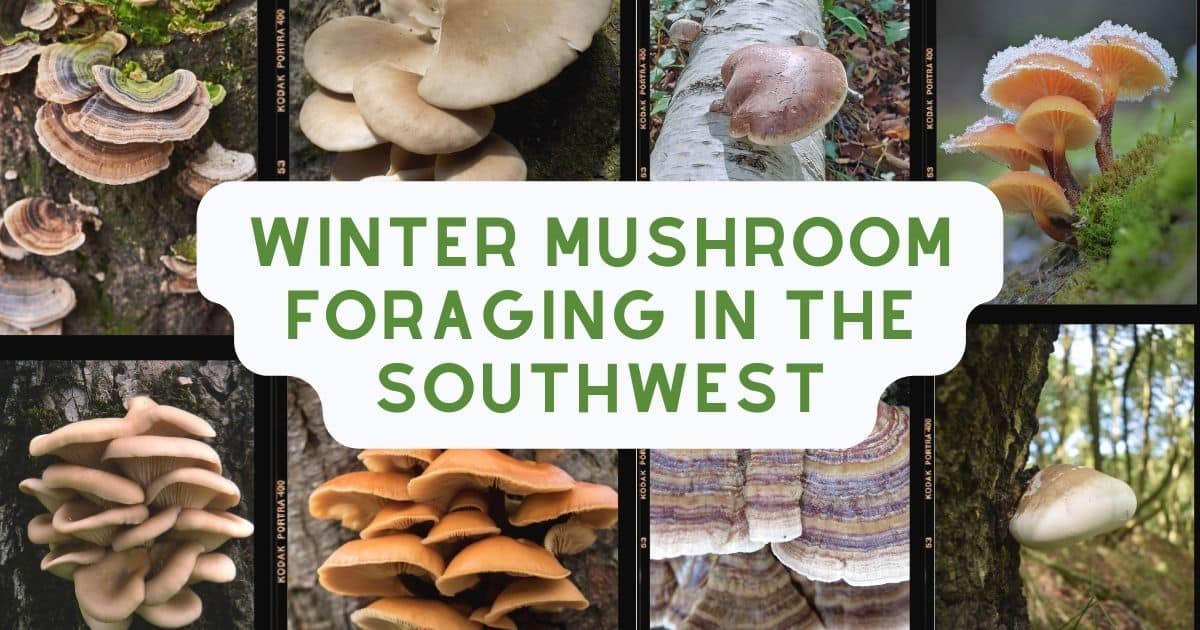
Winter Mushroom Foraging In The Southwest
Oyster Mushrooms
True oyster mushrooms (Pleurotus spp.) are big fans of cool weather. As long as there are no long extended periods of freezing temps, you can potentially forage oyster mushrooms all winter season. The mushrooms might freeze on the tree in higher elevations, but as long as you catch them before they thaw and begin decomposing, they’ll still be good eating.
Oyster mushrooms grow from trees and stumps, and the lack of foliage makes it easier to see them in winter. They tend to fruit in giant groupings, sometimes covering an entire tree or log – such a treat to find a bounty like this in the dreary dryness of the winter months! There are several types of oyster mushrooms growing in North America. Some are more prone to appearing in late fall and winter, but all do appreciate the cooler temperatures.
Finding specimens that aren’t overly dried out can be challenging, but they’re out there; you just have to catch them at the right time. Oyster mushrooms are a prime edible species with a dense, meaty texture that holds up very well during cooking.
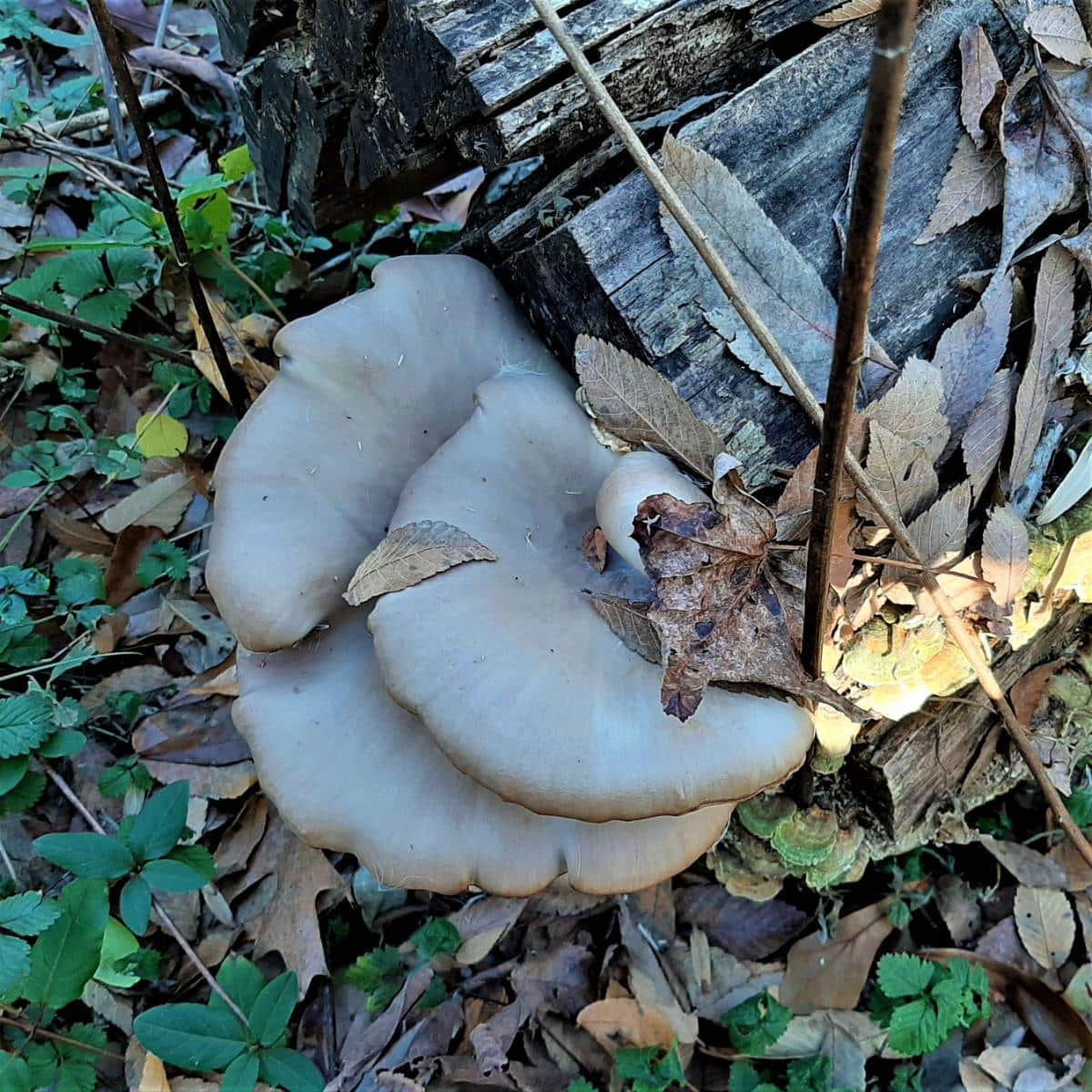
Turkey Tail
Turkey tail grows year-round and is a small bracket mushroom that remains viable for a long time. So, even if the turkey tail is not actively growing, you may find growth from earlier in the season that is still good to harvest. If you find them very dried out and not great for harvesting, mark the spot; they’ll return the following year.
Turkey tail is collected for its medicinal properties, and it might be one of the few species you find on a dry winter walk. Make sure you brush up on what false turkey tail looks like and how to tell the difference — there are a lot of small, bracket polypores in the woods.
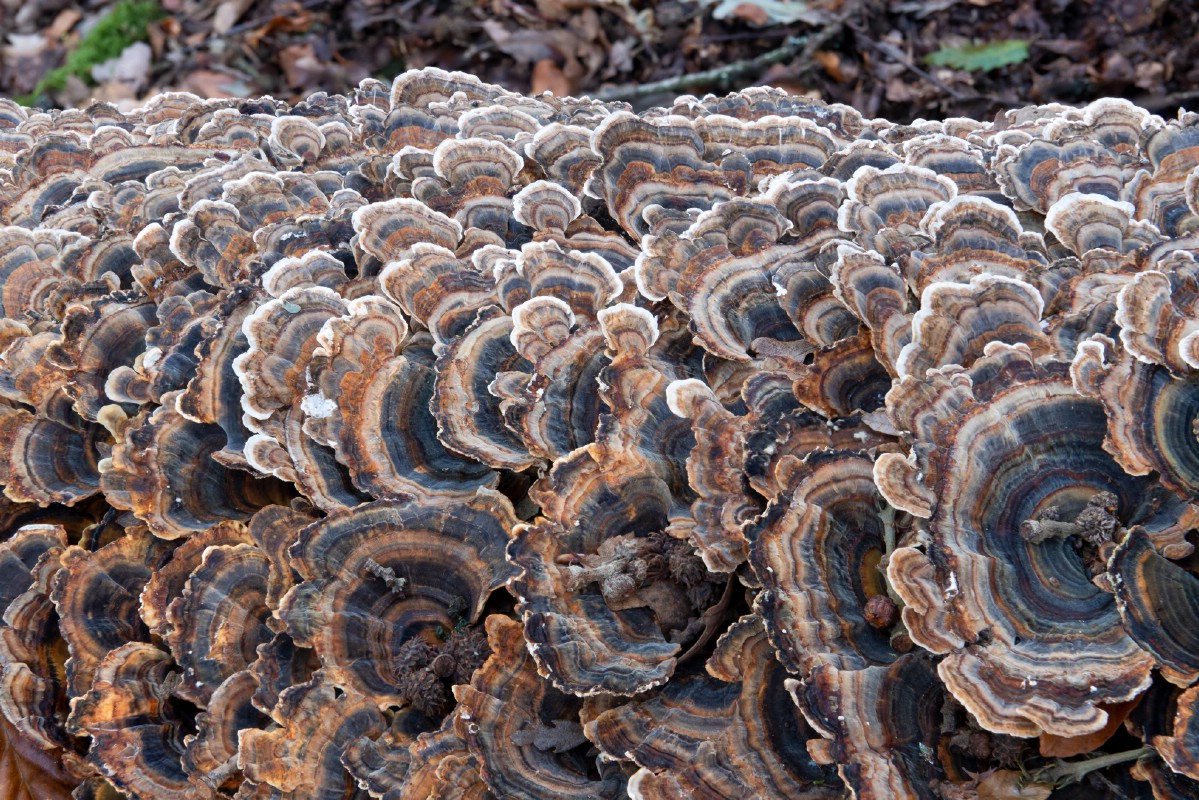
Velvet Foot Enoki
The velvet foot is literally known as “the winter mushroom.” It thrives in cool weather, and it’s not uncommon to find them slightly frozen or under a thin layer of snow or ice. If you’ve ever had the supermarket enoki, you might be surprised to learn this is the exact same species. Cultivated enoki looks like a completely different mushroom. Be super careful when foraging wild enoki because it has a very dangerous lookalike.
In the southwest, your best bet is to go to higher elevations to find these; the colder, the better.
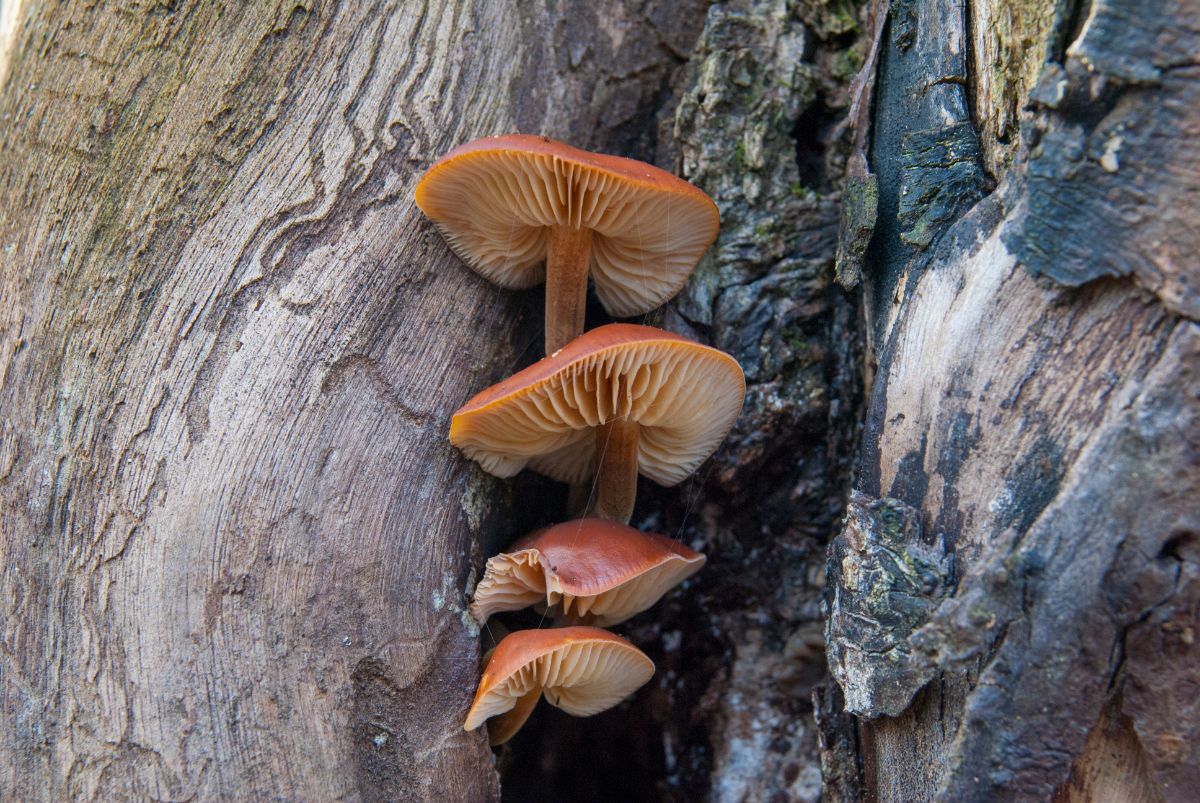
Birch Polypore
This birch tree fungus is an excellent medicinal species that is widespread throughout the southwest – anywhere birch trees occur, there can be birch polypore. It is common to find in winter because it is tough and doesn’t decompose very quickly. In the spring, new fruit bodies appear and stay strong for as long as possible.
The only downside to winter foraging these is that you may find them too dried out and beyond harvesting. If they’re black or brown or look overly parched, mark the spot and look earlier the following year. Birch polypores prefer dead and dying birch trees, so look for those struggling trees.
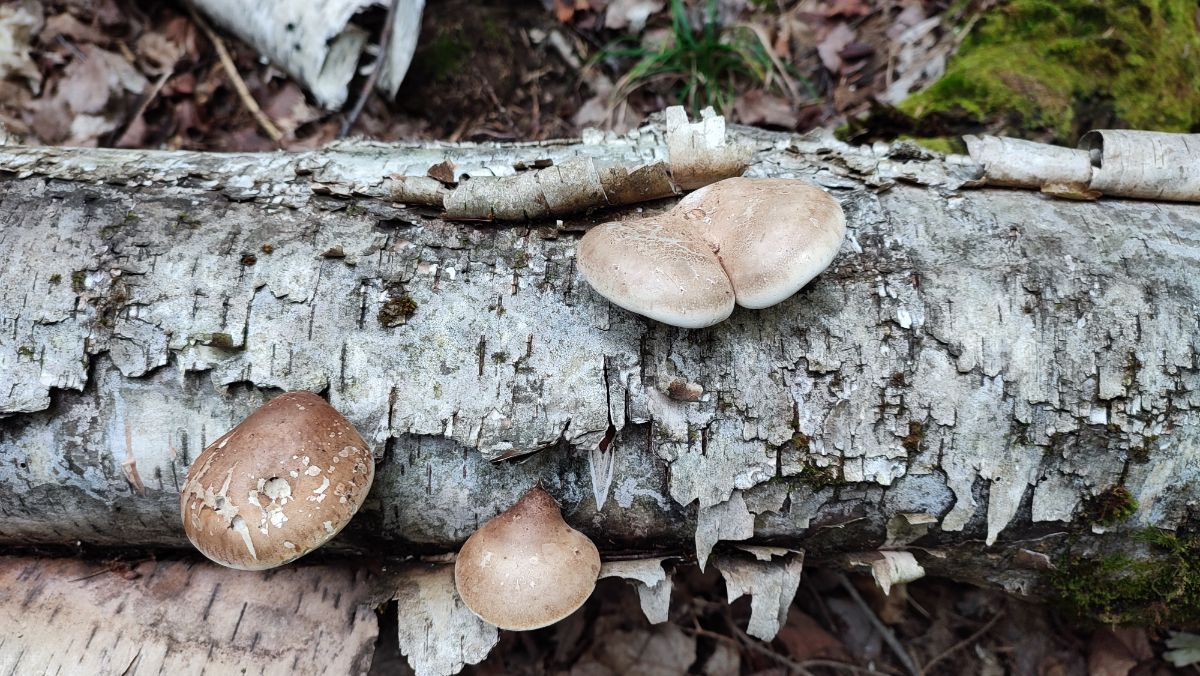
Wintertime Alternatives For Mushroom Fanatics
As you can see, winter mushroom foraging is slim but can still bring up some gems. However, even if they’re nothing fruiting in the dry woods, you can still have mushrooms in your life. Winter is an excellent time to try out some in-home Mushroom Growing Kits.
Winter is an excellent time to try out some in-home Mushroom Growing Kits.
If you’re new to mushroom foraging, here are some great guides to get started: How To Be A Successful Mushroom Forager, Mushroom Foraging 101, and Mushroom Identification Pictures and Examples
Curious about winter foraging in other areas? Check out our guides for across the US.

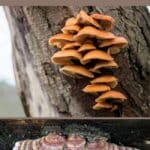
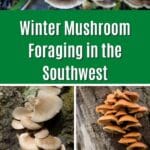

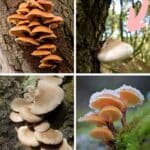
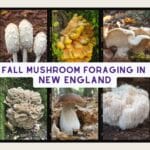
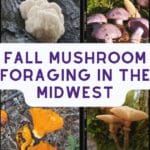
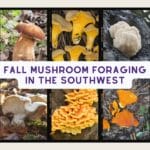
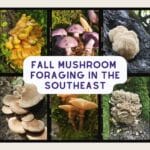
Franklin Wainscott says
I have taken pictures of mushrooms growing and would like to know where I can go to get them identified…
Thanks… Frank
Jenny says
You can post them on our facebook group. Make sure to read the featured/pinned post to ensure you include all the necessary info